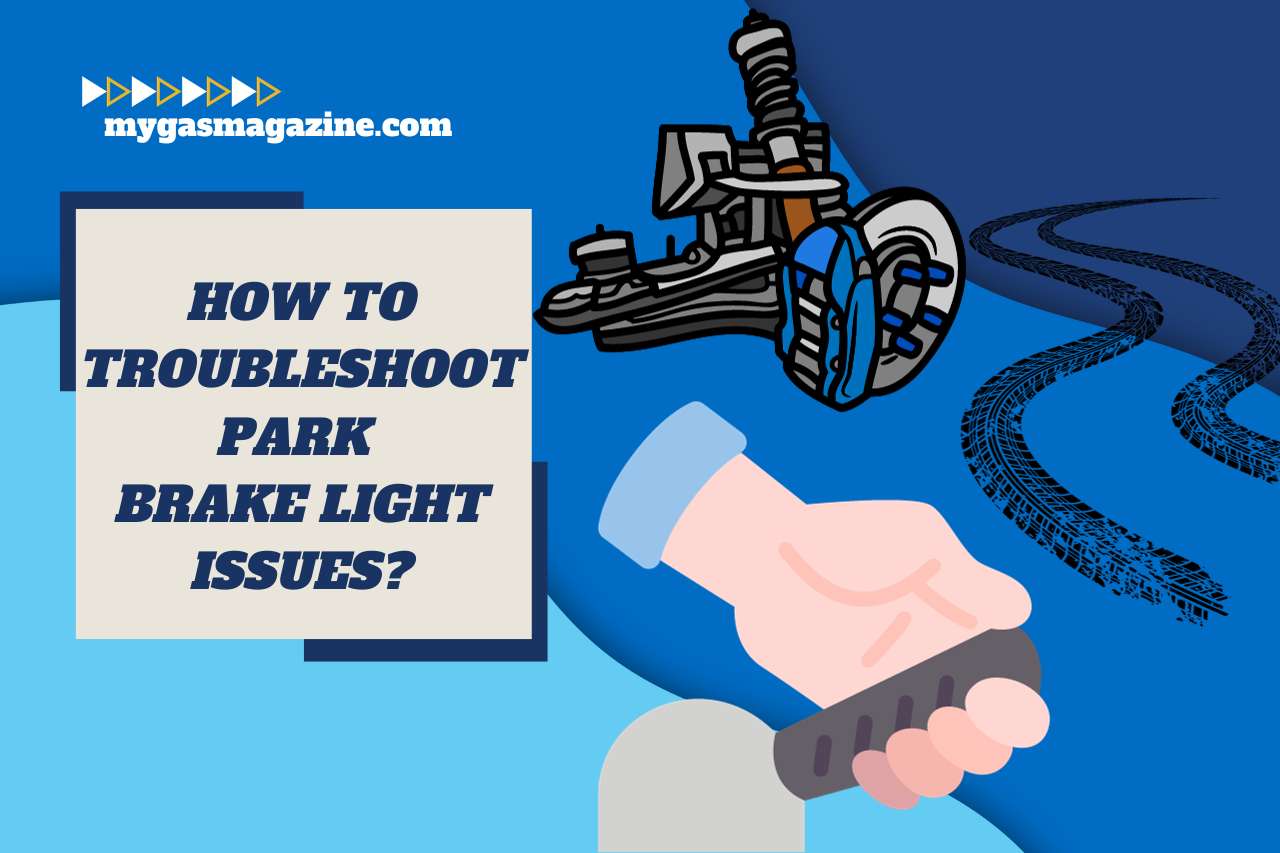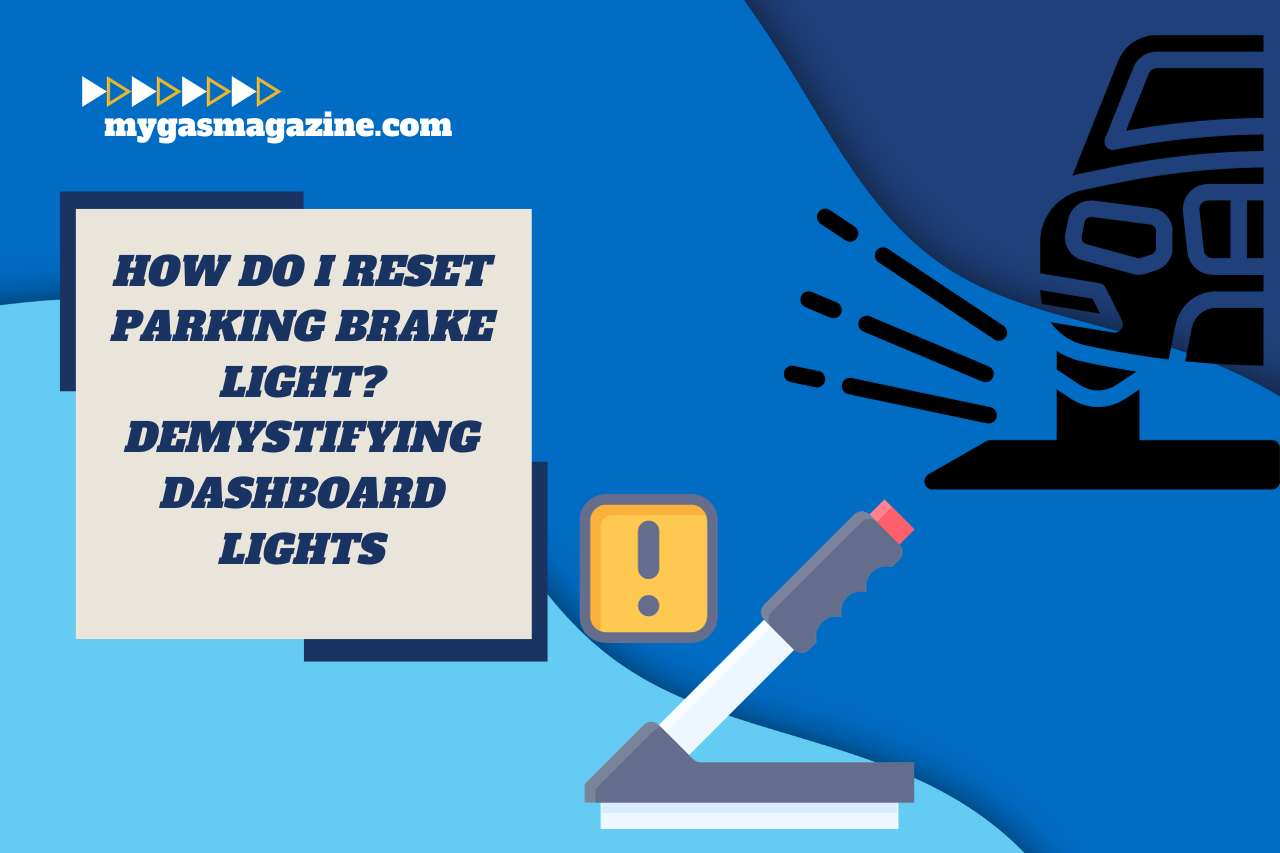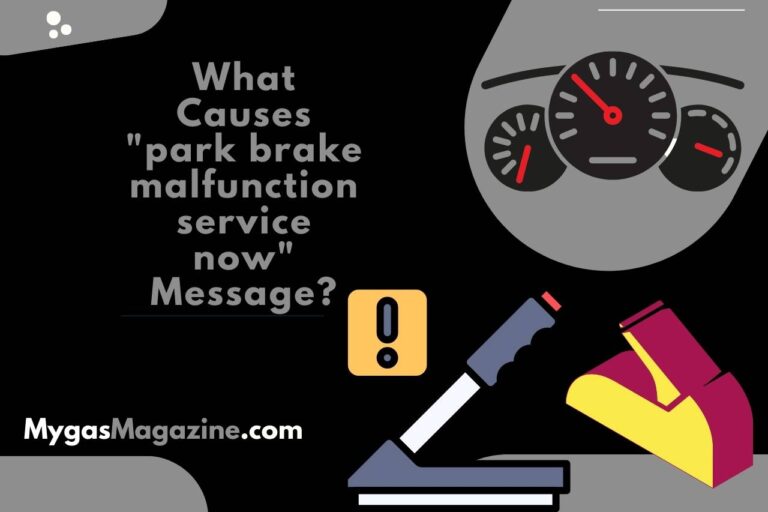How do I Reset Parking Brake Light? Demystifying Dashboard Lights
“How do I reset the parking brake light?” is a repeated question that stands up in the vehicle enthusiast community all the time. This common query arises due to various scenarios ranging from sensor malfunctions to brake fluid issues. No worries! You will learn the intricacies of the parking brake system and also why the light may refuse to reset. Moreover, this guide will help you to understand the importance of addressing persistent brake light problems. So, keep reading as we illuminate the path to a safer and more informed driving experience!
Why Would You Want to Reset Park Brake Light?
The primary reason to reset a park brake light is that it remains illuminated even after disengaging the parking brake, indicating a potential malfunction or system error. It is a must to address those situations without delay because it affects the functionality of your vehicle.
When the parking brake is engaged, the brake light serves as a visual reminder for drivers, ensuring they don’t unknowingly drive with the brake applied. However, in some instances, even after releasing the parking brake, the light might persistently shine. This could be distressing and distracting.
So, the major reason why you want to reset the park brake light is obviously for safety implications. If you keep driving when the parking brake is engaged, it can cause excessive wear on the brake components. If the brake light remains on, drivers might be unsure of the brake’s status.
Undoubtedly, any warning light can be a source of stress to you. Resetting it helps ensure that all vehicle systems are in check. In addition, a lit brake light could also suggest issues beyond the parking brake, such as low brake fluid levels, defective parking brake switch, partially engaged parking brake, worn brake pads, etc.
How Do I Reset the Parking Brake Light?
The most effective method to reset a parking brake light is to first ensure that the parking brake is fully disengaged by completely lowering the lever or handle. So, double-check that the parking brake lever or foot pedal is entirely released. Sometimes, even a slight engagement can activate the light. And then troubleshoot any potential issues within the brake system that might cause the light to remain on.
How to Troubleshoot Park Brake Light Issues?
As we already discussed, there are certain hiccups that lead the brake light to flash nonstop. So, follow these instructions.
- Check Brake Fluid Levels: The brake light might also indicate low brake fluid. You can find the brake fluid reservoir under the hood. Ensure it’s filled to the marked line. If the level has been low, top it up with the appropriate brake fluid for your vehicle.
- Inspect Brake Components: Wear and tear on brake components, like brake pads, could cause the warning light to illuminate. A quick visual inspection or a visit to the mechanic can clarify this. Most of the time, worn components need to be replaced.
- Disconnect Battery: Sometimes, the vehicle’s computer system might need a reset. Safely disconnect the battery for a few minutes, then reconnect. This can reset various system indicators, including the brake light.
- Scan for Errors: If the above steps don’t resolve the issue, use an OBD-II scanner to check for error codes. This device can pinpoint specific malfunctions within the brake system.
In conclusion, while the process of resetting the parking brake light might seem straightforward, it’s essential to approach the task with an understanding of its underlying implications.


Why Can’t I Reset My Parking Brake Light?
The primary reason you can’t reset your parking brake light could be due to an underlying issue within the braking system that requires attention.
When you encounter persistent problems with your parking brake light, you have to check whether the following situations exist within the system.
- Sensor Malfunction: The parking brake system uses sensors to detect engagement. A faulty sensor might continually send the “engaged” signal, even if the brake isn’t active.
- Brake Fluid Issues: Even if you’ve topped up the brake fluid, there could be air in the brake lines, requiring a brake fluid flush or bleeding of the brakes.
- Damaged Wiring: Over time, the wiring connected to the brake system might degrade. As a result, there will be short circuits or disconnections, thus keeping the light on.
- Worn Brake Components: If certain brake components are worn out, especially if they’re linked to the brake’s safety systems, the vehicle’s computer might trigger the brake light as a warning.
- Computer System Glitches: Modern cars are heavily reliant on computer systems. Sometimes, there might be a simple software glitch within the system.
Here’s An interesting video To Watch,
VIDEO CREDITS: Try This DIY YouTube Channel
You May Also Like
- How does a Caliper Parking Brake Work? Unveiling the Mechanics!
- How to Tell If Parking Brake is Stuck? Uncover the Mystery!
- Difference Between Park and Parking Brake – (Understanding Auto Lingo)
- When to Use Park Brake? Mastering the Art of Parking!
- Park Lights Come On When the Brake is Pressed – Understanding the Link!
- Brake Lamp Bulb Fault – Replacing a Faulty Brake Lamp Bulb!
- Park Brake Limited Function Service Required – Expert Tips for Maintenance!


Meet Lakith, the driving force behind MyGasMagazine.com. A seasoned mechanic with over 7 years of hands-on experience in our family-run Gas Mag Garage, Lakith combines his technical expertise with a deep passion for cars. His journey in the automotive world began alongside his father, learning the intricacies of car repair and maintenance. Today, as the founder of MyGasMagazine.com, Lakith shares his wealth of knowledge, offering readers a unique blend of practical advice, industry insights, and engaging stories from the vibrant car culture of Sri Lanka.


![What Should RPM Be When Starting Car? [FIXED]](https://mygasmagazine.com/wp-content/uploads/2022/10/What-Should-RPM-Be-When-Starting-Car-768x512.jpg)



![How Long Does A Tire Alignment Take? [Two And Four Wheels]](https://mygasmagazine.com/wp-content/uploads/2022/07/Untitled-design-98-768x512.jpg)

11 Comments